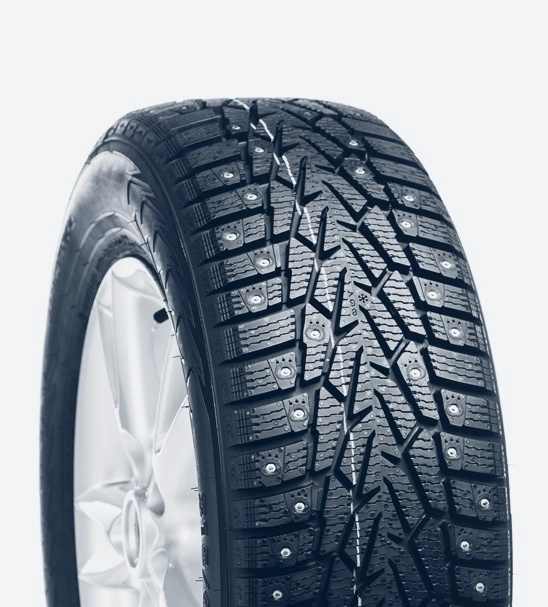Understanding the Function and Importance of Transmission Seals in Vehicles
Understanding Transmission Seals Importance, Types, and Maintenance
Transmission seals play a critical role in the efficient functioning of vehicles. They serve as barriers that prevent the leakage of fluids within the transmission system, which is essential for maintaining optimal performance and protecting the various components from damage. Understanding the types, functions, and importance of transmission seals can help vehicle owners appreciate their role in prolonging the life of their transmission systems.
The Importance of Transmission Seals
Transmission seals are vital because they ensure that the transmission fluid remains contained within the system. This fluid is responsible for lubricating the internal components, transferring power from the engine to the wheels, and cooling the transmission itself. When seals fail, it can lead to fluid leaks, which can result in inadequate lubrication and overheating. This not only compromises the efficiency of the vehicle but can also lead to severe damage that could necessitate costly repairs or even a complete transmission replacement.
Moreover, proper sealing is critical for preventing contamination. Dust, dirt, and debris can enter the transmission system if the seals are worn out or damaged. Contaminated fluid can cause significant wear and tear on the components, reducing the transmission's lifespan and performance. Thus, maintaining the integrity of transmission seals is essential for ensuring a vehicle’s longevity.
Types of Transmission Seals
There are various types of transmission seals, each designed for specific components and functions within the transmission system
. The most common types include1. Input Shaft Seals These seals are located at the front of the transmission and prevent fluid from leaking out where the input shaft connects to the transmission. A worn input shaft seal can lead to noticeable leaks and loss of fluid.
transmission seal

2. Output Shaft Seals Found at the rear of the transmission, these seals serve a similar purpose as input shaft seals but are designed to prevent fluid from leaking out where the output shaft connects to the driveshaft.
3. Extension Housing Seals These seals are located in the transmission case and help to seal the extension housing, preventing fluid from leaking at the connection point.
4. Pump Seals The transmission pump is responsible for circulating the fluid, and pump seals are essential for preventing leaks at the pump assembly.
5. Axle Seals These seals are located at the ends of the transmission housing where the axles connect. They prevent fluid from leaking out where the axles enter the transmission.
Maintenance and Replacement
Regular inspection and maintenance of transmission seals are crucial for preventing leaks and ensuring smooth operation. Vehicle owners should be vigilant for signs of transmission fluid leaks, which usually appear as red or brown puddles under the vehicle. Additionally, changes in transmission performance, such as slipping gears or unusual noises, can indicate seal problems.
When it comes to replacement, it is advisable to consult a qualified technician, as improper installation can lead to further issues. During replacement, it is essential to ensure that the sealing surfaces are clean and free of debris for optimal sealing.
In conclusion, transmission seals are an integral component of a vehicle's transmission system, safeguarding against leaks and contamination. Knowing the types of seals, their functions, and the importance of regular maintenance can help vehicle owners maintain their transmissions in peak condition, ensuring longevity and reliability on the road. Ignoring the signs of seal failure can lead to significant repair costs, making awareness and care crucial for vehicle health.
-
Understanding the Front Main Engine Seal: Purpose, Maintenance, and Installation
News Jul.29,2025
-
Understanding O-Rings and Seal Rings: Types, Applications, and Custom Solutions
News Jul.29,2025
-
Understanding Crankshaft Oil Seals: Rear Seals, Pulley Seals, and Their Role in Engine Integrity
News Jul.29,2025
-
The Importance of Front and Rear Crankshaft Seals in Engine Performance and Oil Management
News Jul.29,2025
-
Crank Oil Seals: Functions, Types, and Cost Considerations in Engine Maintenance
News Jul.29,2025
-
A Comprehensive Guide to O-Rings and Seals: Types, Materials, and Global Applications
News Jul.29,2025
-
Mastering Diesel and Performance Engine Maintenance: A Guide to Critical Oil Gaskets
News Jul.28,2025
Products categories















